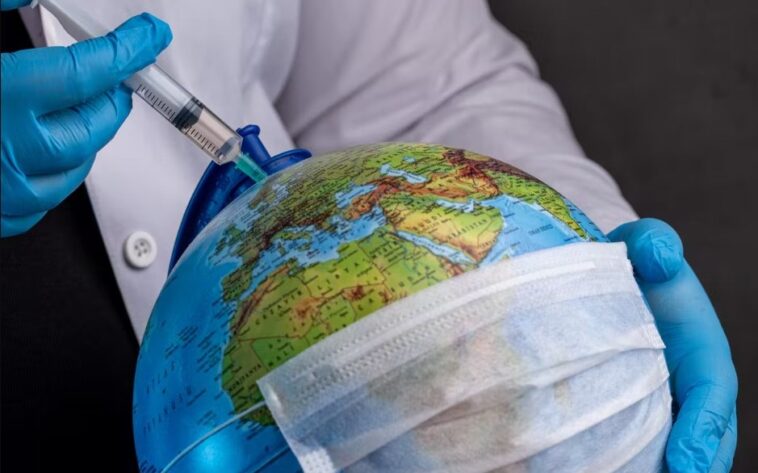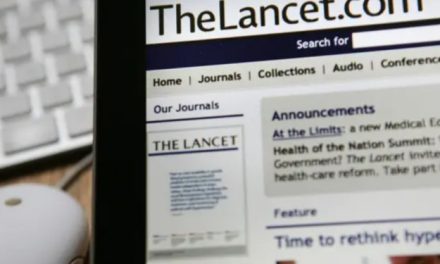It took a few years, but Big Pharma’s Covid-19 vaccines were ultimately exposed as the hoax that they were all along.
COVID-19 vaccine efficacy has plummeted, according to official statistics released by the UK Health Security Agency (UKHSA), notably among individuals who had two doses plus a booster.
According to the findings, the vaccination’s efficiency in defending against infection has decreased to the point where you’re more likely to contract COVID-19 illness than the vaccine would protect you. Negative effectiveness is the term for this.
The effectiveness of the vaccine against infection has fallen to -391% among triple-jabbed people in their 60s.
Effectiveness came in at between -298% and -324% among those aged 30 to 59.
That means if you’re in your 60s, you’re almost four times as likely to become infected than an unvaccinated person of the same age.
WesternStandard report:
Other age demographics have also suffered a statistically significant drop in vaccine effectiveness with figures showing all triple-vaccinated adults are now between three and five times more likely to be infected with COVID-19 than unvaccinated adults.
Graph 1 shows the real-world COVID-19 vaccine effectiveness — in terms of infection — among the triple-vaccinated population by age and week number in England between January 3 and March 27, 2022. The calculations were made using Pfizer’s own vaccine efficacy formula based on the case rate numbers.
The data is separated by age, group, and by week and has been taken directly from the Weeks 5, 9 and 13 UKHSA Covid-19 Vaccine Surveillance reports.
Graph 2 indicates infection rates for the vaccinated significantly outnumber those for the unvaccinated. Among all age groups who are triple-vaccinated, infections have been highest since the beginning of 2022.
Paradoxically, the probability of the 30–59 triple-vaccinated age groups getting infected with COVID-19 was significantly higher than for those aged 70 and up.
The data indicates people who have been triple-vaccinated for Covid-19 are substantially more likely to be infected with coronavirus than unvaccinated people.
“Comparing case rates among vaccinated and unvaccinated populations should not be used to estimate vaccine effectiveness against COVID-19 infection,” the UKHSA said
“Vaccine effectiveness has been formally estimated from a number of different sources and is summarized on pages four to 15 in this report.”
The UKHSA said case rates in the vaccinated and unvaccinated populations are non-adjusted crude rates and do not take into account underlying statistical biases in the data and that there are likely to be systematic differences between the two population groups.
For example:
• Testing behaviour is likely to be different between people with different vaccination status, resulting in differences in the chances of being identified as a case.
• Many of those who were at the head of the queue for vaccination are those at higher risk from COVID-19 due to their age, their occupation, their family circumstances, or because of underlying health issues.
• People who are fully vaccinated and people who are unvaccinated may behave differently, particularly with regard to social interactions and therefore may have differing levels of exposure to COVID-19.
• People who have never been vaccinated are more likely to have caught COVID-19 in the weeks or months before the period of the cases covered in the report. This gives them some natural immunity to the virus which may have contributed to a lower case rate in the past few weeks.
A large prospective study of almost 4,000 people by Pfizer in 2021 on the effectiveness of its vaccine found that a double-dose was 91% effective at preventing SARS-CoV-2 infection, while a single-dose was 81% effective.
Their study said that those who became infected — partially or fully vaccinated individuals — had a lower level of viral RNA, a lower risk of developing febrile symptoms, and a reduced duration of illness compared with unvaccinated individuals.
A study released by the US Centers for Disease Control and Prevention (CDC) in September 2021 reported that Johnson & Johnson’s vaccine was 71% effective at preventing hospitalization from the virus, while Pfizer’s and Moderna’s two-dose vaccines provided 88% and 93% protection, respectively.
Waning immunity over time, new variants of the virus, and specific medical conditions may affect how the vaccines work — infections in fully vaccinated people has become a stark reality.










